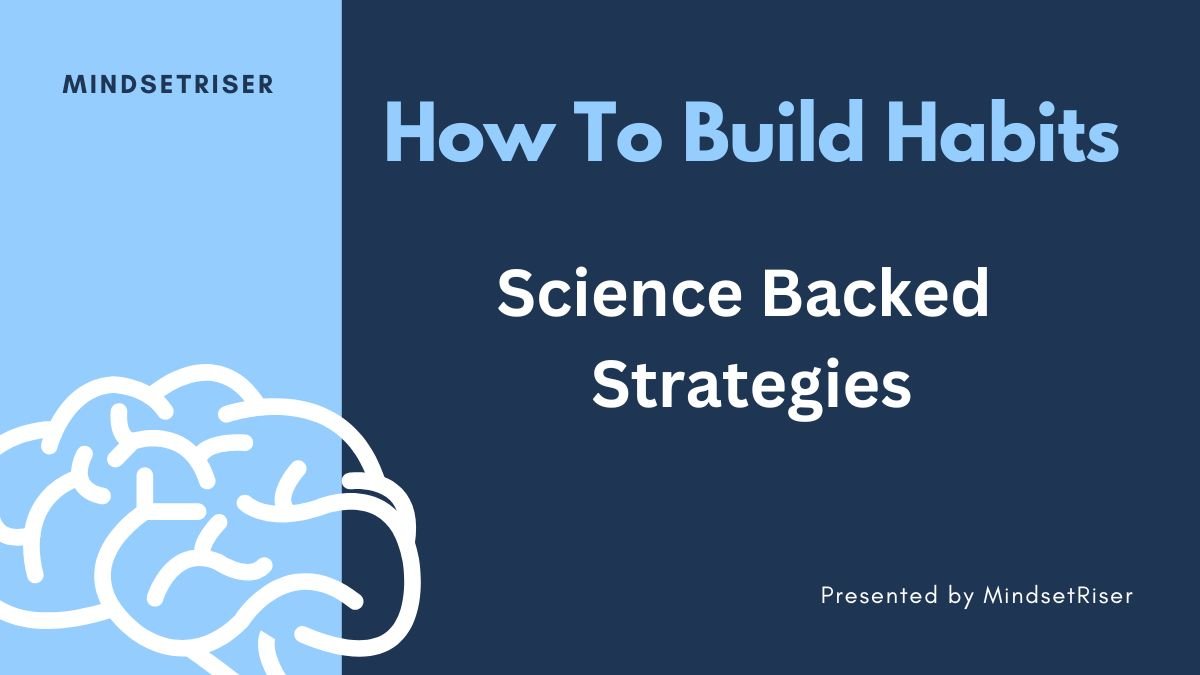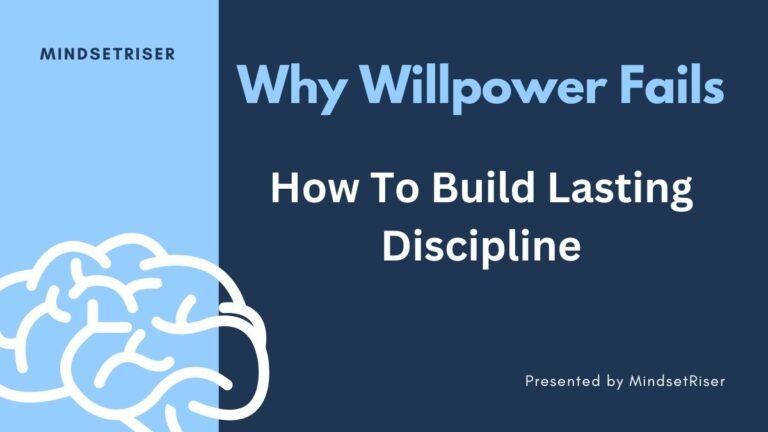How to Build Habits That Stick (Science-Backed Strategies)
The 21-Day Lie That Keeps You Stuck You’ve heard it everywhere: “Form a habit in 21 days!” You’ve tried. You’ve failed. You’ve felt guilty. Here’s the truth: A 2009 University College London study found habits take 18 to 254 days to form. For some, brushing your teeth becomes automatic in weeks. For others, gym habits take 8 months. Why…
The 21-Day Lie That Keeps You Stuck
You’ve heard it everywhere: “Form a habit in 21 days!” You’ve tried. You’ve failed. You’ve felt guilty.
Here’s the truth: A 2009 University College London study found habits take 18 to 254 days to form. For some, brushing your teeth becomes automatic in weeks. For others, gym habits take 8 months.
Why do 90% of habit-building attempts fail? Because most advice ignores neuroscience. Let’s fix that.
🧠 Part 1: The Habit Loop (Your Brain’s Autopilot)
Habits aren’t about willpower—they’re about brain wiring. Every habit follows a loop:
- Cue: Trigger (e.g., stress).
- Routine: Action (e.g., eating junk).
- Reward: Pleasure (e.g., dopamine hit).
Example:
- Cue: Phone buzzes.
- Routine: Scroll Instagram.
- Reward: Novelty dopamine.
Science: MIT researchers found habits form in the basal ganglia, a brain region that loves efficiency.
⚡ Part 2: The 4 Laws of Habit Formation
1. Make It Obvious (Design Your Environment)
Your surroundings dictate behavior.
- Hack: Use “habit stacking” – pair a new habit with an existing one.
- Formula: “After [current habit], I’ll [new habit].”
- Example: “After brushing my teeth, I’ll do 2 push-ups.”
Case Study: Starbucks trains baristas with 27+ steps using micro-habit stacking (e.g., “After steaming milk, wipe the wand”).
2. Make It Attractive (Temptation Bundling)
Link habits to cravings.
- Hack: Only binge Netflix while treadmill-walking.
- Science: Dopamine spikes when anticipating rewards (UCLA research).
Pro Tip: Use a “habit contract” – reward yourself with something you crave after the habit.
3. Make It Easy (The 2-Minute Rule)
Complexity kills habits.
- Hack: Start with a 2-minute version of your goal:
- Want to run? Just put on running shoes.
- Want to meditate? Sit quietly for 120 seconds.
Science: Stanford’s BJ Fogg found simplicity drives consistency.
4. Make It Satisfying (Instant Gratification)
Your brain prioritizes immediate rewards.
- Hack: Pair habits with instant wins:
- After working out: Watch 5 minutes of cat videos.
- After writing: Eat a square of dark chocolate.
Case Study: Toothpaste added mint flavor (a “reward”) to make brushing feel satisfying—usage skyrocketed.
💣 Part 3: How to Break Bad Habits
Reverse the 4 Laws:
- Make It Invisible: Hide junk food.
- Make It Unattractive: Associate smoking with lung scans.
- Make It Hard: Delete social media apps.
- Make It Unsatisfying: Penalize yourself (e.g., donate $10 for each skipped workout).
Example: Author James Clear quit nail-biting by painting his nails with bitter polish (Law #3).
🚀 Your 30-Day Habit Challenge
Week 1: Track & Start Tiny
- Track triggers (e.g., stress = snacking).
- Pick one habit: Start with 2 minutes/day.
Week 2: Stack & Tweak
- Habit stack: Link to an existing routine.
- Redesign environment: Place running shoes by the bed.
Week 3: Add Rewards
- Celebrate wins: 5-minute dance party post-workout.
- Use a habit tracker: Streaks motivate.
Week 4: Reflect & Scale
- Ask: “What worked? What failed?”
- Increase difficulty: 2 push-ups → 5 push-ups.
Download our free [Habit Tracker Template] to stay on track.
📌 Key Takeaways
✅ Habits take 18–254 days—not 21. Stop rushing.
✅ Environment > Willpower. Design your space.
✅ Tiny changes compound. Start with 2 minutes.
✅ Reward instantly. Your brain craves “wins.”





